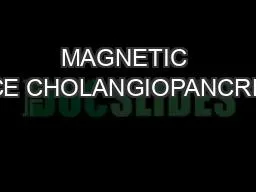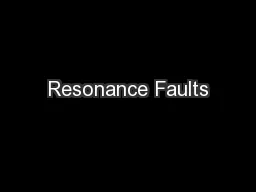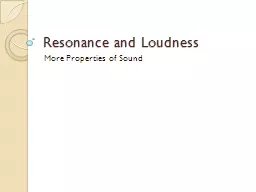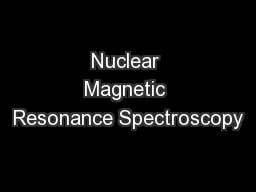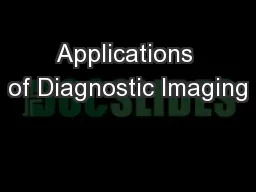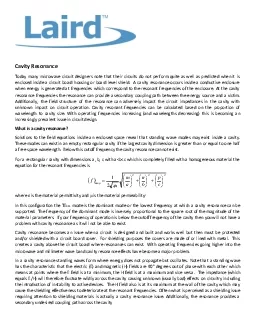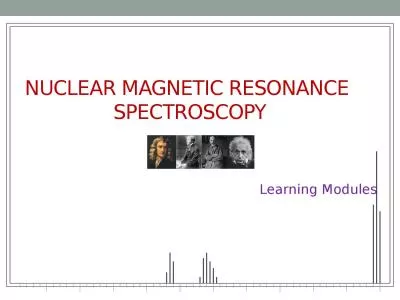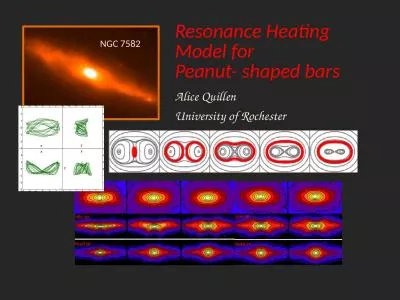PDF-MAGNETIC RESONANCE CHOLANGIOPANCREATOGRAM
Author : roberts | Published Date : 2021-09-28
9199387190Clayton Imaging 9199387449WHAT IS A MAGNETIC RESONANCE CHOLANGIOPANCREATOGRAM MRCPMRCP is a special type of MRI It uses computer software that specifically
Presentation Embed Code
Download Presentation
Download Presentation The PPT/PDF document "MAGNETIC RESONANCE CHOLANGIOPANCREATOGRA..." is the property of its rightful owner. Permission is granted to download and print the materials on this website for personal, non-commercial use only, and to display it on your personal computer provided you do not modify the materials and that you retain all copyright notices contained in the materials. By downloading content from our website, you accept the terms of this agreement.
MAGNETIC RESONANCE CHOLANGIOPANCREATOGRAM: Transcript
Download Rules Of Document
"MAGNETIC RESONANCE CHOLANGIOPANCREATOGRAM"The content belongs to its owner. You may download and print it for personal use, without modification, and keep all copyright notices. By downloading, you agree to these terms.
Related Documents

